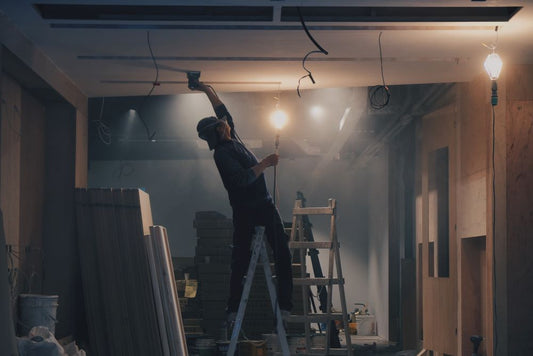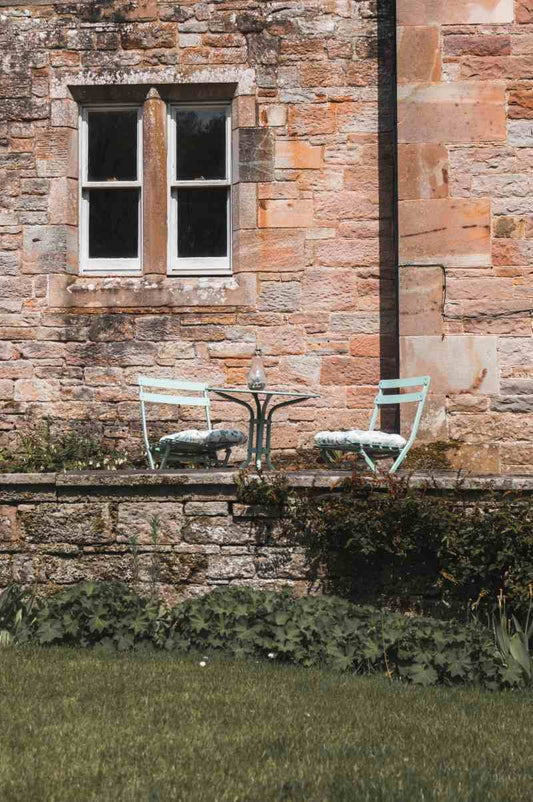When it comes to construction materials, bricks have it over everything else in the UK. It has been reported that bricks were used to construct shelters and other buildings since about the 8th millennia BC.
It seems that brick is a very good construction material to use and fits in with the UK’s push for sustainable construction practices. That role can mean better overall savings when it comes to other expenses like electricity and heating.
To find out more about the role of brickwork in the UK’s sustainable construction practices just continue reading our article.
Overview Of The UK's Commitment To Sustainable Building Practices
The UK is serious about climate change. The government has stated that the current 28 million homes in the kingdom use up to 35% of the total energy consumption and emits 20% of CO2 emissions.
The government has devised a plan to be net zero in emissions by 2050 and the following 7 principles for construction are supposed to help the country achieve this goal.
- sustainable design
- durability
- energy efficiency
- waste reduction
- indoor air quality
- water conservation
- sustainable building materials
Because the construction industry is responsible for the majority of carbon emissions, the government is seeking ways to cut that number down to size. The government wants contractors to build environmentally friendly buildings that do not use a lot of the resources currently used at this time.
Also, the government wants to protect the health of its citizens by ensuring the buildings and homes now being built will not have harmful or toxic chemicals or materials.
Exploring The Inherent Eco-Friendly Characteristics Of Brick As A Building Material
One of the Eco-characteristics of bricks is that they are able to keep you cool in the summer and warm in the winter. This ability to regulate the temperature means that you do not have to use as much electricity to stay cool in the summer months.
Nor do you have to use as much fuel to stay warm in the winter. Then the manufacturing process has been re-engineered where the tunnel kilns are heated using natural gas. The excess clay and heat are recycled within the plant.
Also, bricks are very durable. They last a long time and there will not be a need to tear the home down anytime soon due to age or worn-out construction materials. The longer the material lasts, the better it is for the environment as manufacturing does not have to be increased.
Then, bricks can be reused or recycled. This will also cut down the need to manufacture more bricks when a construction project needs them.
Reduction Of Carbon Footprint And Contribution To Energy Efficiency
Brick is said to be the ideal construction material to cut down on the carbon footprint of the homeowner. With its ability to regulate the interior temperature, brick allows the homeowner to save money as well as use far fewer natural resources than if they lived in a different type of home.
Then if the brickwork gets old or damaged, there is no need to tear the wall or building down to replace or repair the damage. This saves on the environment as less construction material is headed to the landfill and fewer bricks are needed to make the repair.
When companies do what is called brick sourcing, this is where they go about 5 to 10 km from their project site looking for bricks, this cuts down on transportation emissions thus lowering the carbon footprint of construction.
Due to the durability and long lifespan, working with bricks ensures that carbon emissions are lowered and the environment is not at risk of damage.
Highlighting advancements in brick manufacturing techniques for reduced environmental impact
Bricks have been manufactured in much the same way for thousands of years. It has only been recently that manufacturing has changed to help the UK meet its Net Zero goals for 2050.
What manufacturing businesses have done first is to implement the tunnel kiln. This is supposed to be a far more efficient method for firing bricks. The second thing they have done is to switch to natural gas.
This clean burning fuel protects the environment as well as the air you breathe. Then the third improvement they have made to their manufacturing process is to recycle excess heat and clay. This helps cut down on waste and reduces carbon emissions as well as landfill issues.
These are just some of the advancements brick-making companies have implemented so far. They are still at work researching and developing more advancements so the environment is protected.
Incorporation Of Alternative Materials And Resource-Efficient Processes
When a contractor wins the bid for a construction process, one of the first steps they need to take is to analyze what construction material is needed. The process allows the contractor to see if they can reuse older materials that have been stripped out, if it is possible to use fewer construction materials, or if they can use materials with higher recycled content.
Incorporating alternative materials will also depend on the project at hand. Some alternative materials may work in some locations but not others.
The responsibility for incorporating these materials lies with the architect who does the designing and identifies the construction materials needed. Then it is up to the contractor to get those materials.
Some Additional Words
Reaching the Net Zero goal may be a bit idealistic but any effort in cutting down on carbon emissions will be a great boon for the environment and people’s health.
With bricklaying leading the way, emissions can be cut. To get more help or even some top bricklaying tools, just contact us at https://brickworktools.com/ .
Our experts are standing by to help you with all your bricklaying needs as well as guide you on how to make bricklaying more eco-friendly. Contact us today for the best help.




